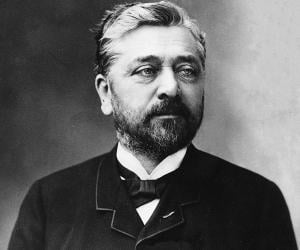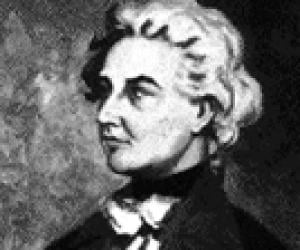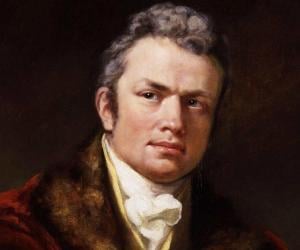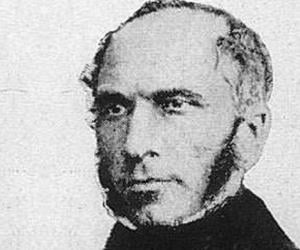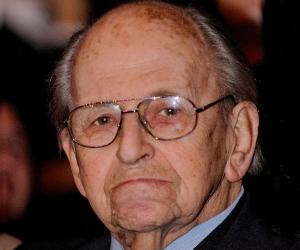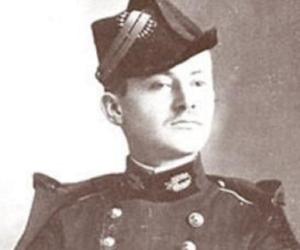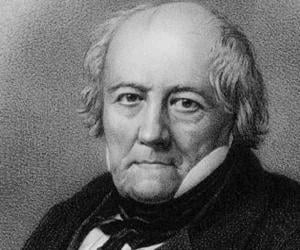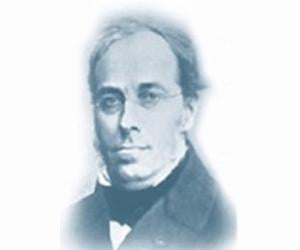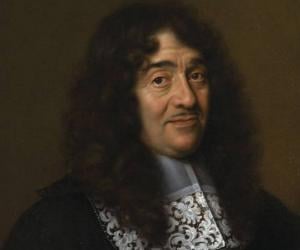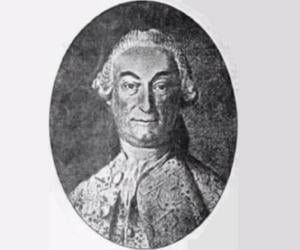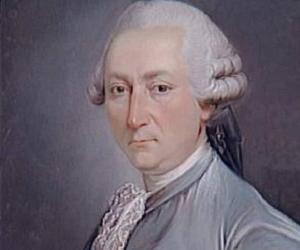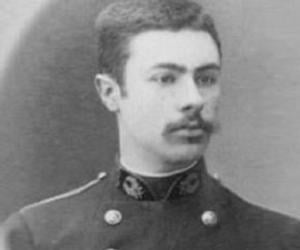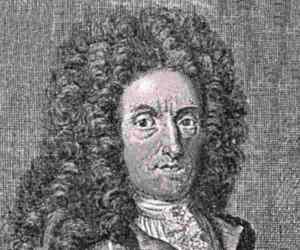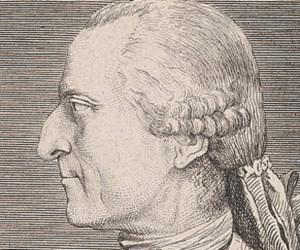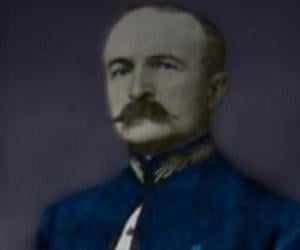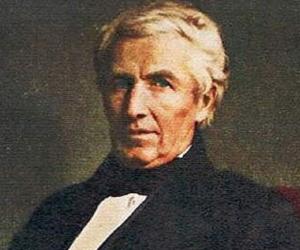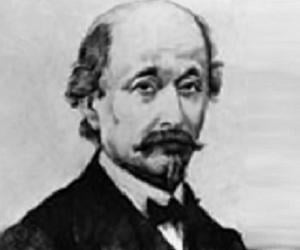1
Gustave Eiffel
(French Civil Engineer Known for His Contribution to Building the ‘Statue of Liberty’ and ‘Eiffel Tower’)
Birthdate: December 15, 1832
Sun Sign: Sagittarius
Birthplace: Dijon, France
Died: December 27, 1923
Gustave Eiffel was a renowned French civil engineer known for his significant contributions to engineering and architecture. He gained recognition for designing various bridges for the French railway network, including the iconic Garabit Viaduct. His most famous achievement is the Eiffel Tower, created for the 1889 Universal Exposition in Paris. Additionally, he played a key role in constructing the Statue of Liberty in New York. Following his engineering career, Eiffel delved into meteorology and aerodynamics, making notable advancements in these fields.
